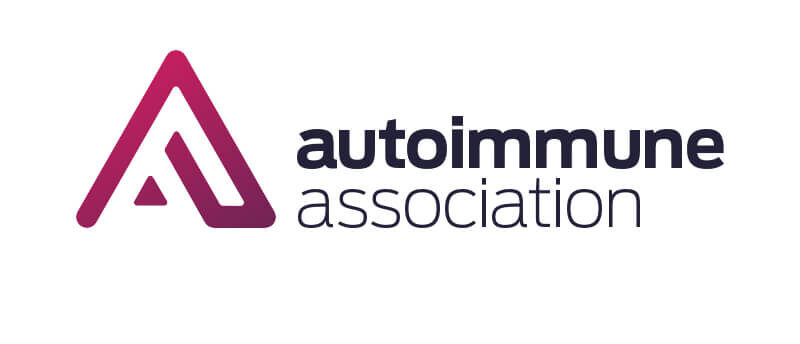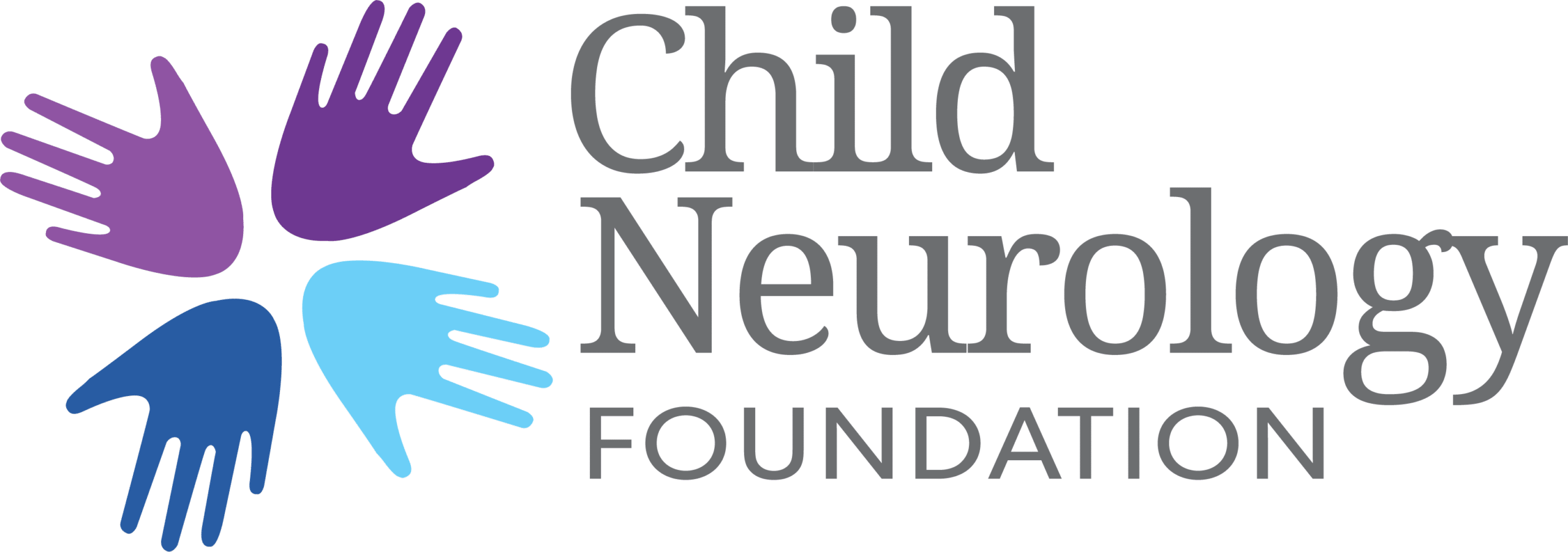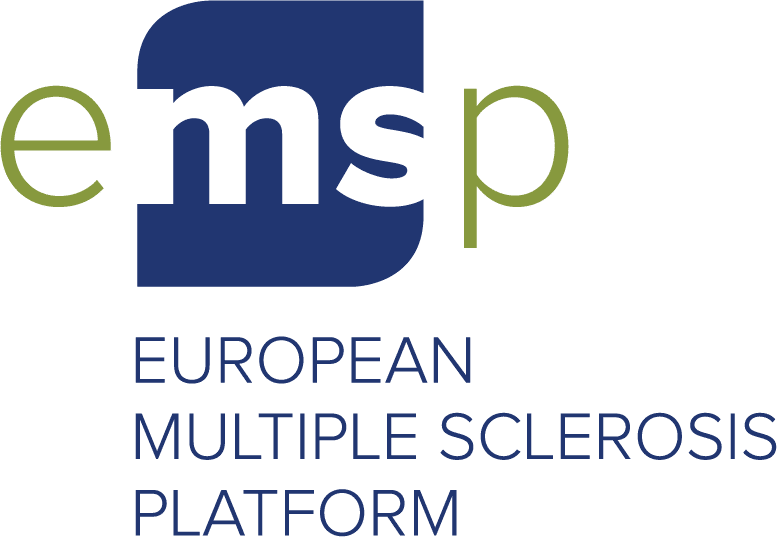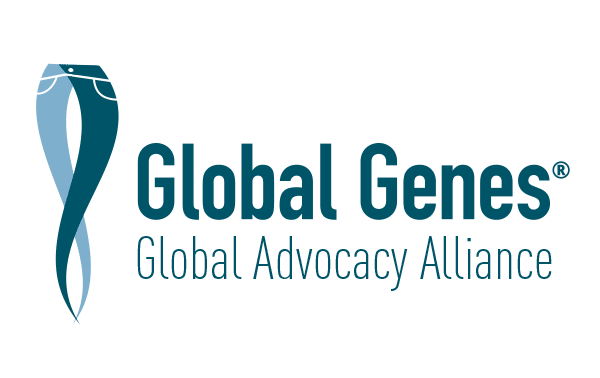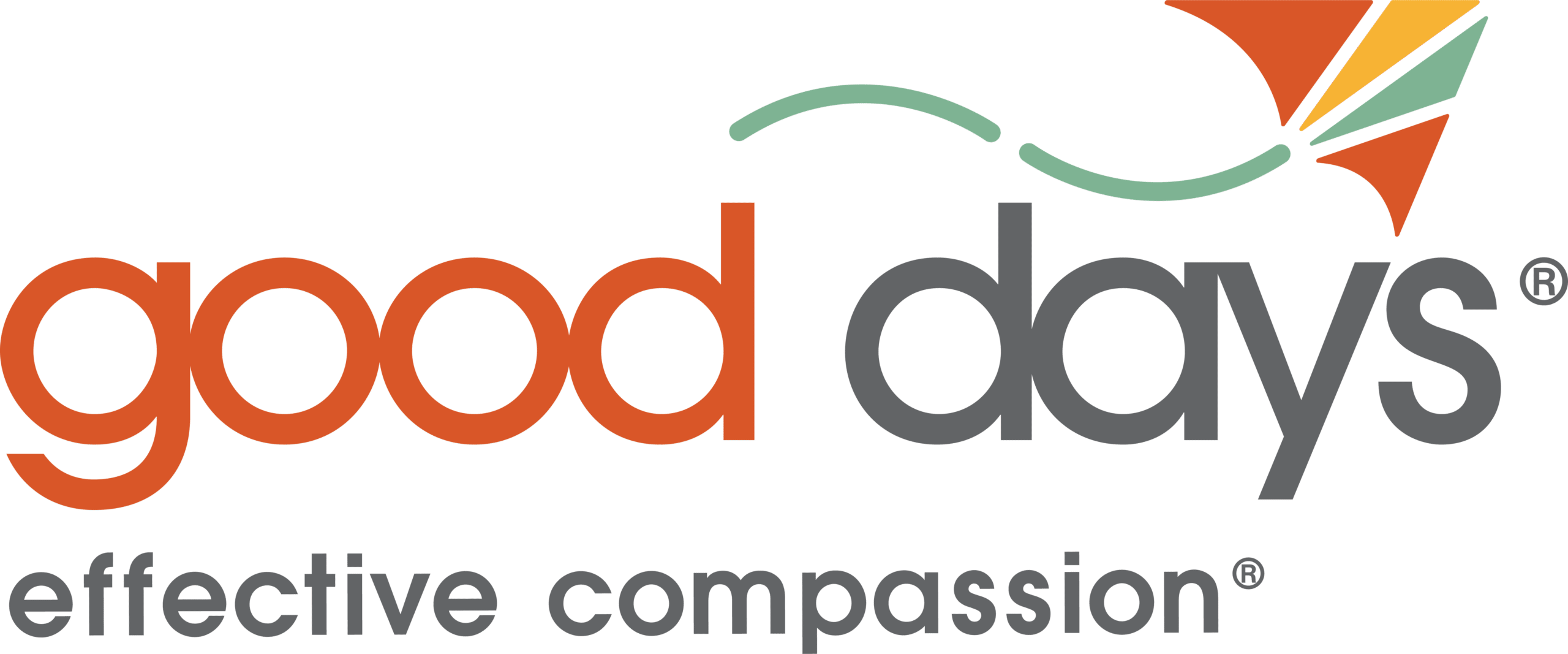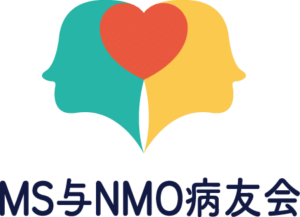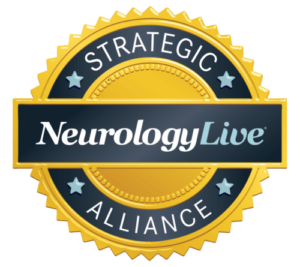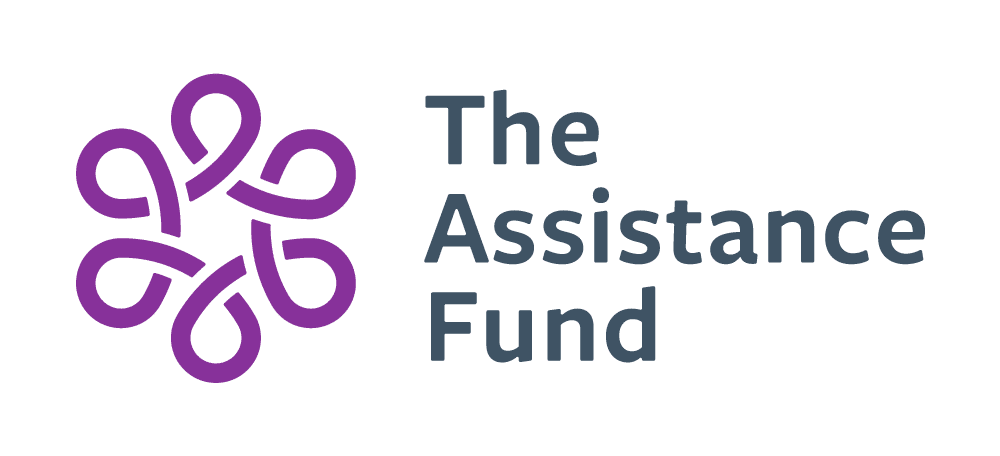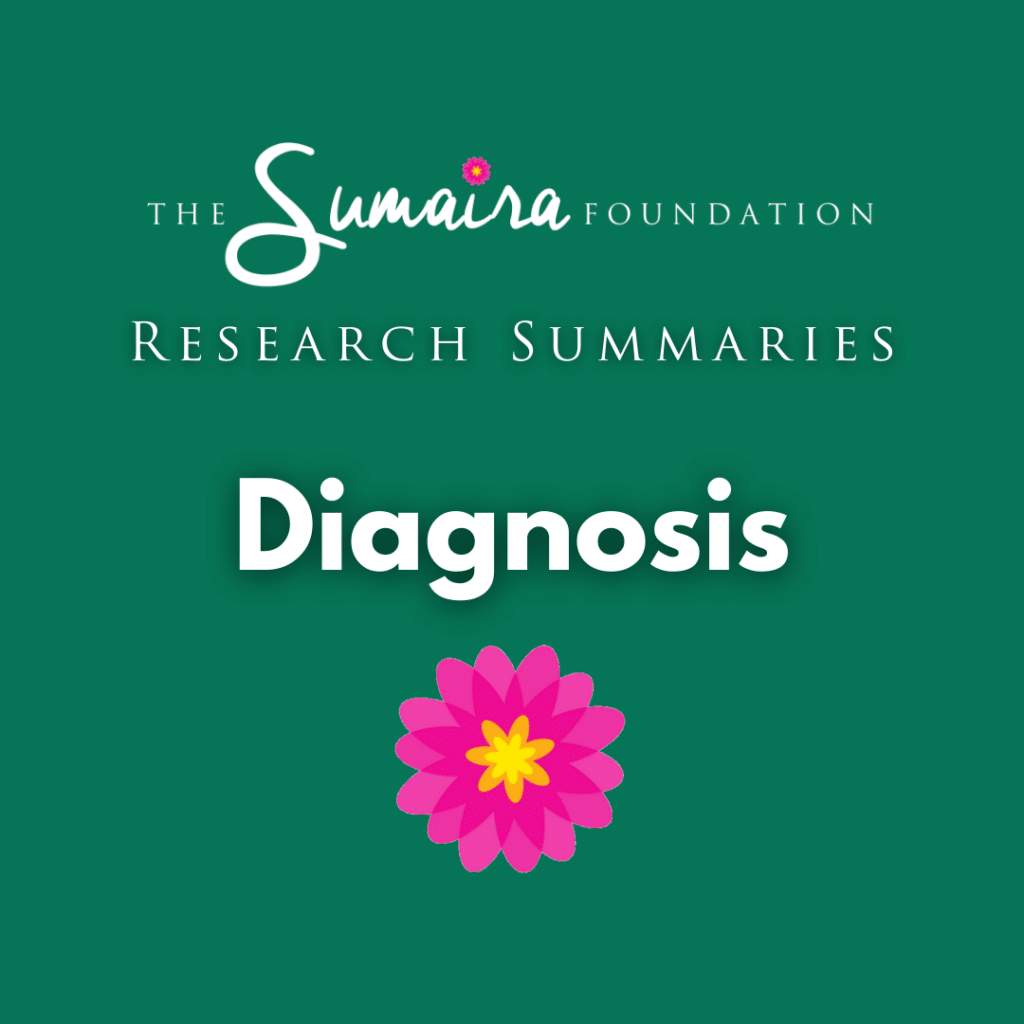
MOG-IgG in NMO and related disorders: a multicenter study of 50 patients. Part 3: Brainstem involvement – frequency, presentation and outcome
Journal: Journal of Neuroinflammation; November 1, 2016
Author(s): Sven Jarius, Ingo Kleiter, Klemens Ruprecht, Nasrin Asgari, Kalliopi Pitarokoili, Nadja Borisow, Martin W Hümmert, Corinna Trebst, Florence Pache, Alexander Winkelmann, Lena-Alexandra Beume, Marius Ringelstein, Oliver Stich, Orhan Aktas, Mirjam Korporal-Kuhnke, Alexander Schwarz, Carsten Lukas, Jürgen Haas, Kai Fechner, Mathias Buttmann, Judith Bellmann-Strobl, Hanna Zimmermann, Alexander U Brandt, Diego Franciotta, Kathrin Schanda, Friedemann Paul, Markus Reindl, Brigitte Wildemann; in cooperation with the Neuromyelitis Optica Study Group (NEMOS)
Mog antibodies in patients with NMO and related disorders: How often is the brainstem involved? What are the clinical features and outcomes in this case?
In this study, 15 of 50 (one-third of) patients with optic neuritis and/or myelitis who tested positive for MOG antibodies showed brainstem inflammation, accompanied by a range of symptoms. In cases with brainstem inflammation, the disease course was generally more aggressive than usual. As brainstem inflammation may take a serious or even fatal course in patients testing positive for MOG antibodies, physicians should pay particular attention to signs or symptoms of additional brainstem involvement in these patients.
Free Access: Full text







